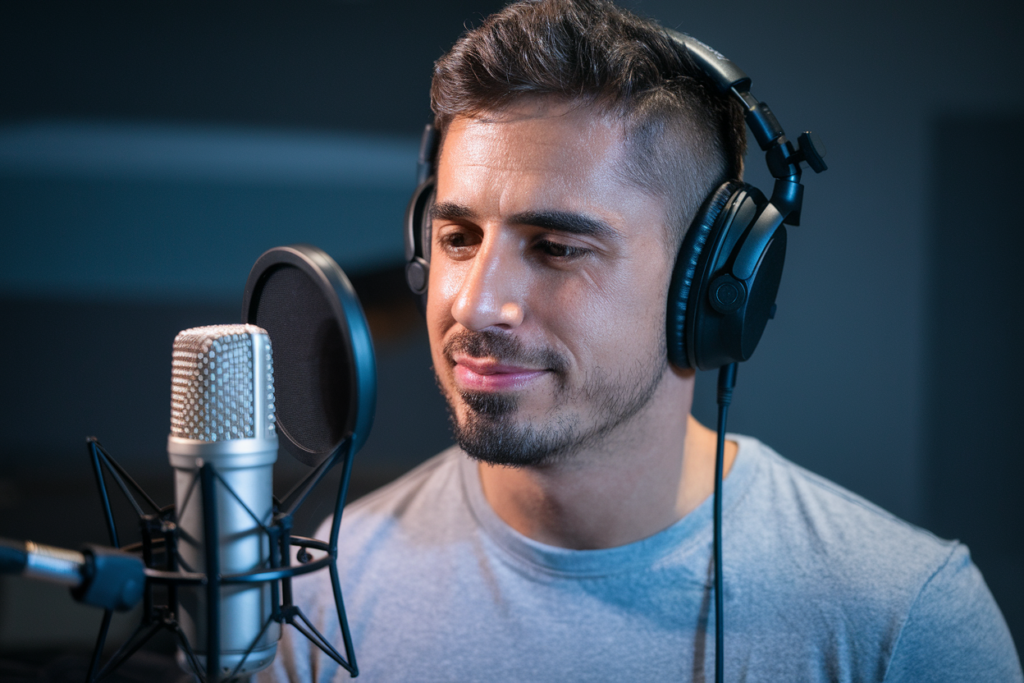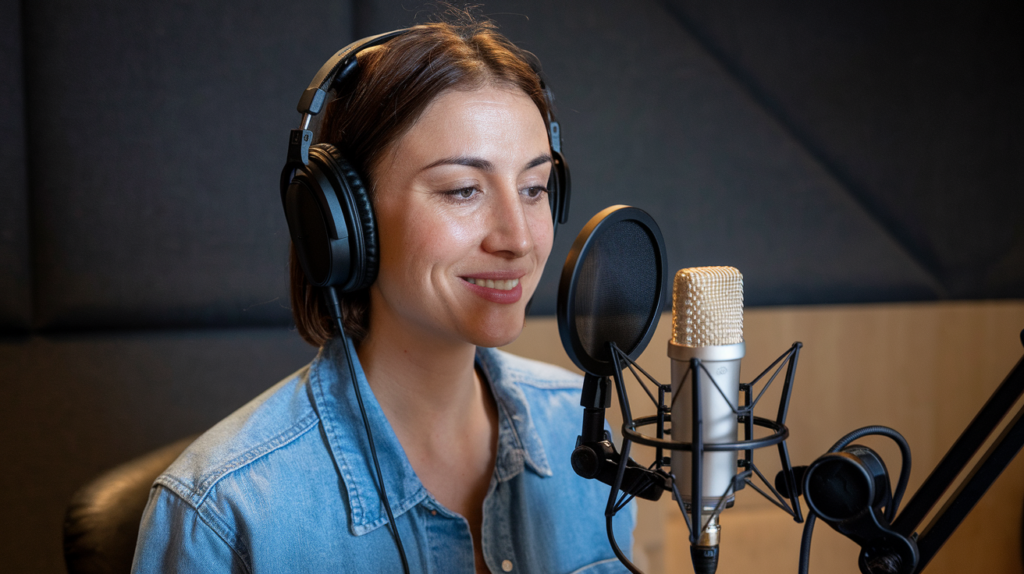The evolution of the Galician language in media reflects a rich tapestry of cultural identity and resilience. As I delve into its historical progress, I can’t help but appreciate how this regional language has fought for recognition and relevance in an increasingly globalized world. From humble beginnings to becoming a vibrant part of contemporary media, Galician has carved out its own space.
Understanding this journey is crucial not just for linguists but for anyone interested in the dynamics of language preservation. The strides made by Galician in journalism, literature, and digital platforms highlight its importance as a medium of expression. Join me as I explore the milestones that have shaped the presence of Galician in various forms of media throughout history.
Historical Context of Galician Language
The Galician language has a rich and complex history that reflects its cultural significance. Understanding its origins and development reveals the resilience of this language in various media.
Origins of the Galician Language
Galician originated from Latin, evolving in the northwest region of the Iberian Peninsula. Its roots trace back to the early medieval period when it emerged as a distinct Romance language around the 9th century. Early texts demonstrate its use among local populations, with notable examples like “Cantar de los Cantares” showcasing its poetic form. The language’s initial spread coincided with the establishment of Galicia as a cultural hub during this time.
Development Through the Ages
The development of Galician occurred in several phases influenced by historical events. In the Middle Ages, Galician gained prominence through literature, particularly in poetry and prose, which flourished until the 15th century. However, political changes led to a decline as Castilian dominance increased. The 19th century marked a revival known as Rexurdimento, where writers and intellectuals promoted Galician literature and culture once again.
In modern times, following Spain’s transition to democracy in the late 20th century, legal protections for minority languages enhanced public visibility. Today, various media formats—such as television programs, radio broadcasts, newspapers, and online platforms—feature Galician prominently. This evolution underscores both its adaptability and enduring importance within contemporary society.
The Role of Media in Language Promotion
Media plays a crucial role in promoting the Galician language, ensuring its presence across various platforms. Both traditional and digital media contribute significantly to the visibility and vitality of Galician.
Traditional Media and Galician Language
Traditional media outlets, such as newspapers, radio, and television stations, serve as primary channels for disseminating content in Galician. Notable publications like La Voz de Galicia and El Correo Galego feature news articles, opinion pieces, and cultural reports exclusively in Galician. Regional radio stations, such as Radio Galega, broadcast programs that engage local audiences with music, interviews, and discussions centered on Galician culture. Television networks like TVG produce diverse programming that includes dramas, documentaries, and children’s shows all delivered in Galician. These efforts not only cater to native speakers but also attract younger generations by showcasing the language’s relevance.
Digital Media’s Impact
Digital media revolutionizes how the Galician language reaches audiences today. Online platforms enable instant access to content created specifically for speakers of Galician. Social media channels facilitate interaction among users while fostering communities passionate about the language. Blogs dedicated to literature or history publish articles written solely in Galician, enhancing online literacy resources. Moreover, streaming services offer films and series with original audio or subtitles in Galician—a critical tool for engaging multilingual viewers globally. The rise of podcasts presents another avenue where creators explore topics relevant to everyday life while using the language authentically.
The combined influence of traditional and digital media ensures that the Galician language maintains its cultural significance while adapting to contemporary communication trends.
Case Studies of Galician in Media
The representation of the Galician language in various media forms showcases its cultural resilience and adaptability. This section examines specific case studies within print media, television, and radio broadcasting.
Print Media Representation
Print media has played a crucial role in promoting the Galician language. Notable newspapers such as La Voz de Galicia and El Progreso publish regular content in Galician, covering local news, culture, and opinion pieces. These publications engage a wide readership while fostering a sense of community among speakers.
Literary magazines like Grial highlight contemporary Galician literature and art, providing platforms for emerging writers. By featuring essays, poetry, and reviews in Galician, these magazines enhance visibility for the language within literary circles.
Additionally, educational materials published in Galician support literacy initiatives. Textbooks for schools often incorporate culturally relevant content that reflects students’ identities while promoting linguistic skills.
Television and Radio Broadcasting
Television channels such as TVG (Televisión de Galicia) serve as vital platforms for broadcasting programs entirely in Galician. This channel features news segments, cultural shows, and entertainment aimed at preserving linguistic heritage while appealing to diverse audiences.
Radio stations like Radio Galega also contribute significantly to the presence of Galician in audio formats. They offer a variety of programming including talk shows, music broadcasts, and storytelling segments that resonate with local listeners.
Both television and radio provide essential resources for language learners through accessible content tailored to different age groups. The integration of modern technologies allows listeners to access on-demand programming via streaming services or podcasts furthering engagement with the language across generations.
Challenges Faced by Galician Language in Media
The Galician language encounters various challenges in media representation, impacting its preservation and growth. Understanding these obstacles is crucial for fostering a more inclusive environment for the language.
Linguistic Challenges
Linguistic challenges significantly affect the use of Galician in media. Limited vocabulary and technical terminology often restrict its application, especially in specialized fields like science and technology. Many journalists and content creators lack proficiency, leading to inconsistent quality in written and spoken Galician. Additionally, variations in dialects can create confusion among audiences, complicating standardization efforts. These linguistic barriers hinder effective communication, diminishing the overall impact of Galician-language content.
Societal Attitudes Toward Galician
Societal attitudes toward the Galician language also play a critical role in its media presence. Despite legal protections supporting minority languages, some individuals view Galician as less prestigious than Castilian Spanish. This perception affects audience engagement with Galician content across various media platforms. Moreover, generational divides influence attitudes; younger populations may prefer English or Spanish due to globalization trends, resulting in decreased interest in consuming or producing content in Galician. Shifting these societal perspectives requires concerted efforts from educators, policymakers, and community leaders to promote the value of using Galician as a medium of expression within modern media contexts.
Conclusion
The journey of the Galician language in media is a testament to its resilience and cultural significance. I’ve witnessed how it has transformed from humble beginnings to a vibrant presence across various platforms. This evolution highlights not only the adaptability of Galician but also the dedication of those who champion its use.
Despite challenges like societal attitudes and linguistic constraints, I believe that the future holds promise for Galician in media. By embracing modern technologies and fostering community support, we can ensure that this beautiful language continues to thrive. It’s essential for all stakeholders to recognize its value and work together towards a more inclusive representation in today’s diverse media landscape.








